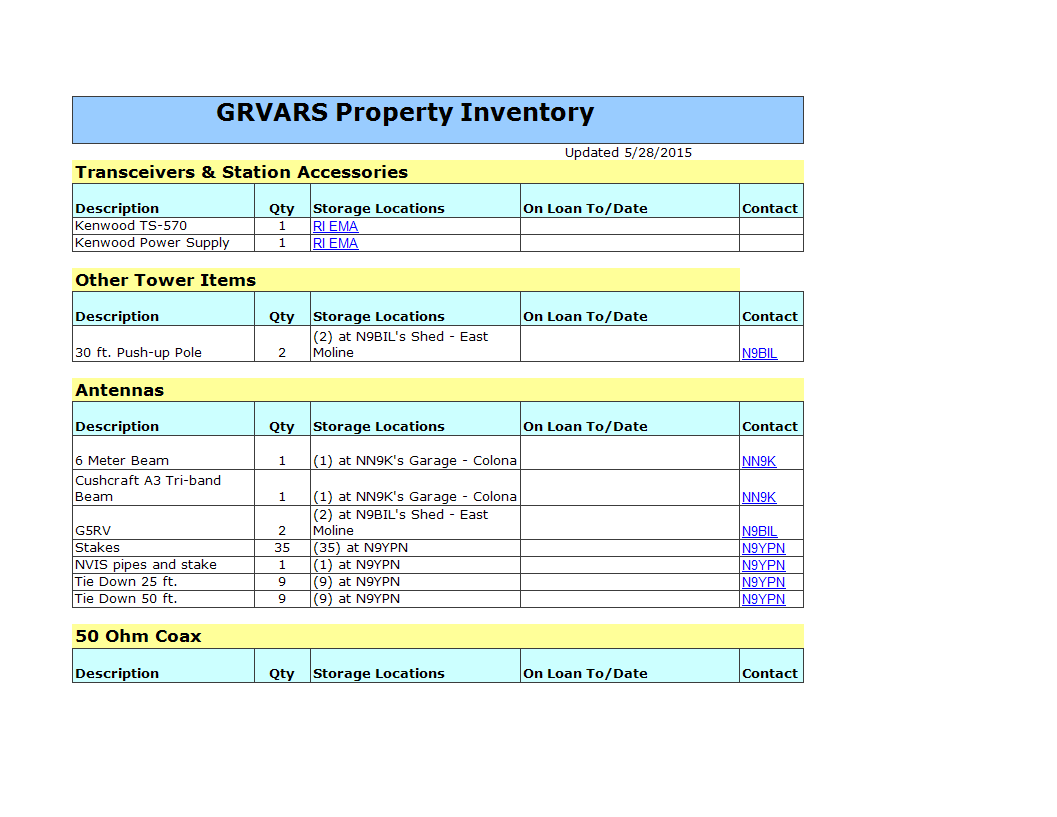Property Inventory
Sponsored Link免费模板 保存,填空,打印,三步搞定!

Download Property Inventory
微软电子表格 (.xls)免费文件转换
- 本文档已通过专业认证
- 100%可定制
- 这是一个数字下载 (13.5 kB)
- 语: English
Sponsored Link
How to create a Property Inventory? Would you like a sample property inventory template? This type of template will help you keep track of the items in a property, including their location, condition, and value. It can also help you document any changes or updates to the items. An easy way to start completing your document is to download this example Property Inventory template now!
A property inventory is a detailed and comprehensive list of items, assets, or belongings within a specific property. It serves as a record of the contents and condition of a property, and it is commonly used in real estate, property management, and rental agreements. The purpose of a property inventory is to document the state of the property at a specific point in time, providing a reference for landlords, tenants, or property managers.
Key elements typically included in a property inventory may encompass:
- List of Items:
- An itemized list of all items and fixtures within the property. This can include furniture, appliances, electronics, carpets, curtains, and other furnishings.
- Description:
- Detailed descriptions of each item, including make, model, color, and any other relevant details that help identify and describe the item.
- Condition:
- The condition of each item should be noted. This could range from new to used, and it might include details about any existing damage, wear and tear, or defects.
- Location:
- The specific location of each item within the property. This helps in quickly locating and identifying items during property inspections or maintenance.
- Photographs:
- Including photographs of each item and the overall condition of the property can provide visual documentation to support the written inventory.
- Serial Numbers and Identification:
- If applicable, record serial numbers or other identifying information for valuable items, appliances, or equipment.
- Utilities and Systems:
- Document the condition and functionality of utilities and systems such as plumbing, heating, ventilation, air conditioning (HVAC), and electrical systems.
- Additional Notes:
- Space for additional notes or comments that may be relevant to the property's inventory.
- Date of Inventory:
- The date on which the property inventory was conducted. This is important for reference and to establish the state of the property at a specific point in time.
Property inventories are commonly used in rental agreements, especially in the residential and commercial real estate sectors. They are typically conducted at the beginning and end of a lease period to document any changes in the property's condition and to determine if there are any damages for which the tenant may be responsible.
Download this Property Inventory template now for your own benefit!
DISCLAIMER
Nothing on this site shall be considered legal advice and no attorney-client relationship is established.
发表评论。 如果您有任何问题或意见,请随时在下面发布
Sponsored Link

